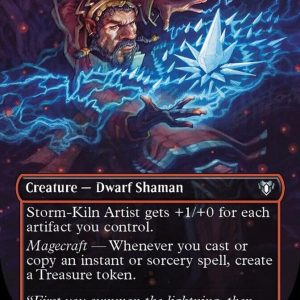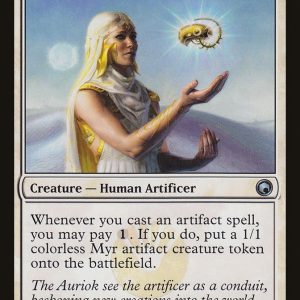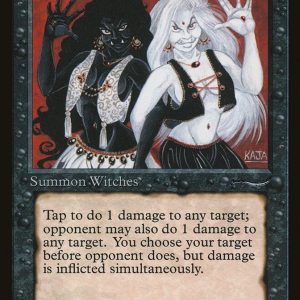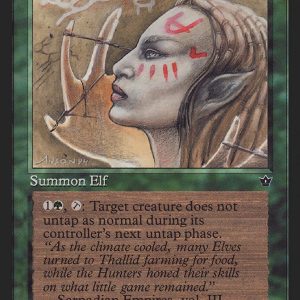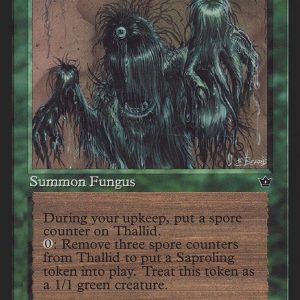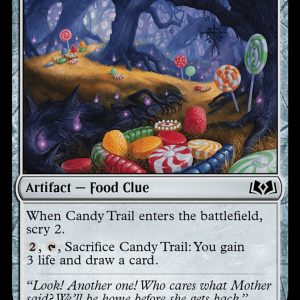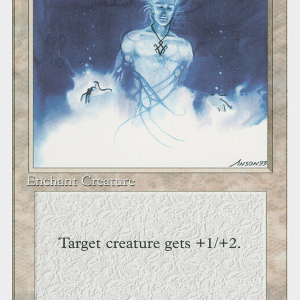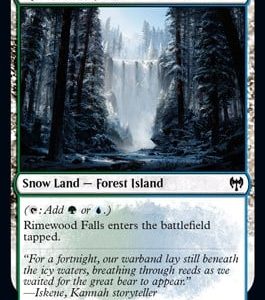Archetype (Trading Card Game Strategy)
What is an Archetype in Trading Card Games?
In trading card games (TCGs) like Pokémon TCG, Magic: The Gathering (MTG), Yu-Gi-Oh!, One Piece TCG, and Dragon Ball Super Card Game, an archetype refers to a specific type of deck built around a well-defined strategy, playstyle, or synergy between certain cards.
Archetypes help players categorize decks based on how they function, making it easier to discuss strategies, predict matchups, and refine deck-building choices. Some archetypes focus on aggression and speed, while others emphasize control, disruption, or complex combo interactions.
How Archetypes Work in TCGs
Every deck archetype is defined by:
✅ Core Strategy – The fundamental way the deck wins games.
✅ Key Cards & Mechanics – Specific cards that drive the deck’s strategy.
✅ Synergy – The way cards work together to create a cohesive game plan.
✅ Matchups – How the deck performs against other archetypes.
There are three main types of archetypes in TCGs:
- Aggro (Aggressive Playstyle) – Focuses on quick attacks and overwhelming the opponent early.
- Control (Defensive Playstyle) – Slows the game down to outlast opponents and win later.
- Combo (Synergistic Playstyle) – Uses powerful card interactions to execute a game-winning move.
Popular Archetypes in Different TCGs
Magic: The Gathering (MTG)
MTG archetypes are classified by their strategy and color identity:
- Burn (Aggro) – Fast red decks using Lightning Bolt and Monastery Swiftspear for direct damage.
- Blue-White Control (Control) – Uses counterspells and board wipes to stall the game.
- Reanimator (Combo) – Brings powerful creatures back from the graveyard (Griselbrand, Sheoldred).
Pokémon TCG
Pokémon deck archetypes revolve around specific Pokémon, abilities, and energy mechanics:
- Lost Box (Aggro-Combo) – Uses the Lost Zone mechanic to accelerate attacks.
- Mew VMAX (Turbo Combo) – Draws cards rapidly and executes powerful attacks.
- Lugia VSTAR (Control-Combo) – Summons energy-efficient attackers using Archeops’ Primal Turbo.
Yu-Gi-Oh!
In Yu-Gi-Oh!, archetypes are typically built around named card series and their special effects:
- Sky Striker (Control) – A spell-heavy deck focusing on hand advantage and disruption.
- Dragon Link (Combo) – Uses Dragon-type monsters to create powerful extra deck plays.
- Exodia (One-Turn Kill) – Focuses on drawing all five pieces of Exodia for an instant win.
Pros & Cons of Playing Archetypes
✅ Pros:
✔ Consistent Strategies – Well-defined game plans make decks easier to learn.
✔ Strong Synergies – Archetypes ensure cards work together efficiently.
✔ Competitive Viability – Most top-tier decks belong to strong archetypes.
❌ Cons:
✘ Predictability – Opponents can prepare counters if the archetype is popular.
✘ Meta-Dependent – Some archetypes become weaker as the metagame shifts.
✘ Costly to Build – Strong archetypes may require expensive key cards.
How to Counter Archetypes
- Identify the Opponent’s Deck Early – Recognizing an archetype helps predict their game plan.
- Use Side-Decking (Yu-Gi-Oh!) – Adjust your deck to counter common archetypes.
- Disrupt Key Cards – Removing key pieces can break the synergy of an archetype.
- Adapt to the Meta – Choose an archetype that counters dominant strategies.
Conclusion
Understanding TCG archetypes is essential for competitive play and deck-building success. Whether you prefer the fast aggression of Aggro, the calculated defense of Control, or the intricate interactions of Combo decks, mastering archetypes helps you make better deck choices and improve your chances of winning.
Would you like a tier list of the best archetypes? 🚀

